Shuffling Tradition: Deck of Art in the Realm of Contemporary Expression
Contemporary art is a dynamic dialogue between tradition and innovation, a canvas where the past meets the present, and creativity knows no bounds. Deck of Art, in its unique fusion of traditional playing cards and modern canvases, steps boldly into the realm of Contemporary Art, redefining the boundaries of artistic expression.
Honoring Tradition, Embracing Now
At the heart of Deck of Art’s contemporary approach lies a profound respect for tradition. Each shuffle pays homage to the rich history of playing cards, but it doesn’t stop there. By transposing these traditional elements onto canvases, we create a dialogue between the familiar and the avant-garde, bridging the gap between the heritage of cards and the freshness of contemporary art.
The Shuffled Palette: Contemporary Colors and Forms
Contemporary art thrives on diversity, and so does Deck of Art. The shuffling process isn’t just a randomization of cards; it’s an alchemical blending of colors, forms, and emotions. The resulting artworks become a kaleidoscope of contemporary aesthetics, where each piece is a testament to the boundless possibilities when tradition is reimagined in the context of the present.
Narratives Unfolded: Storytelling in the Shuffles
Deck of Art’s contemporary narrative extends beyond the visual to the conceptual. Each shuffle tells a story—a story of randomness, chance, and the unpredictable nature of contemporary life. The canvases become storyboards where viewers are invited to find their narratives in the shuffled order, a unique and participatory experience that defines contemporary art.
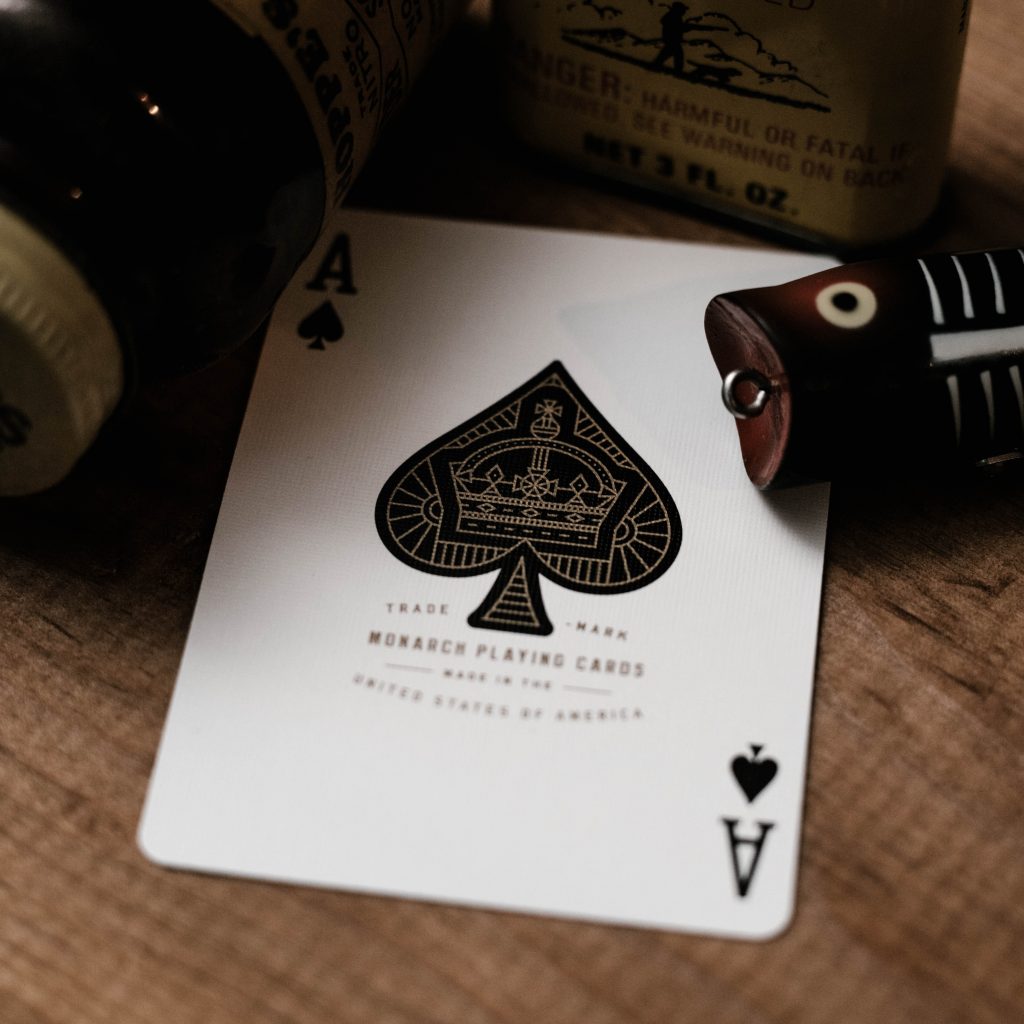
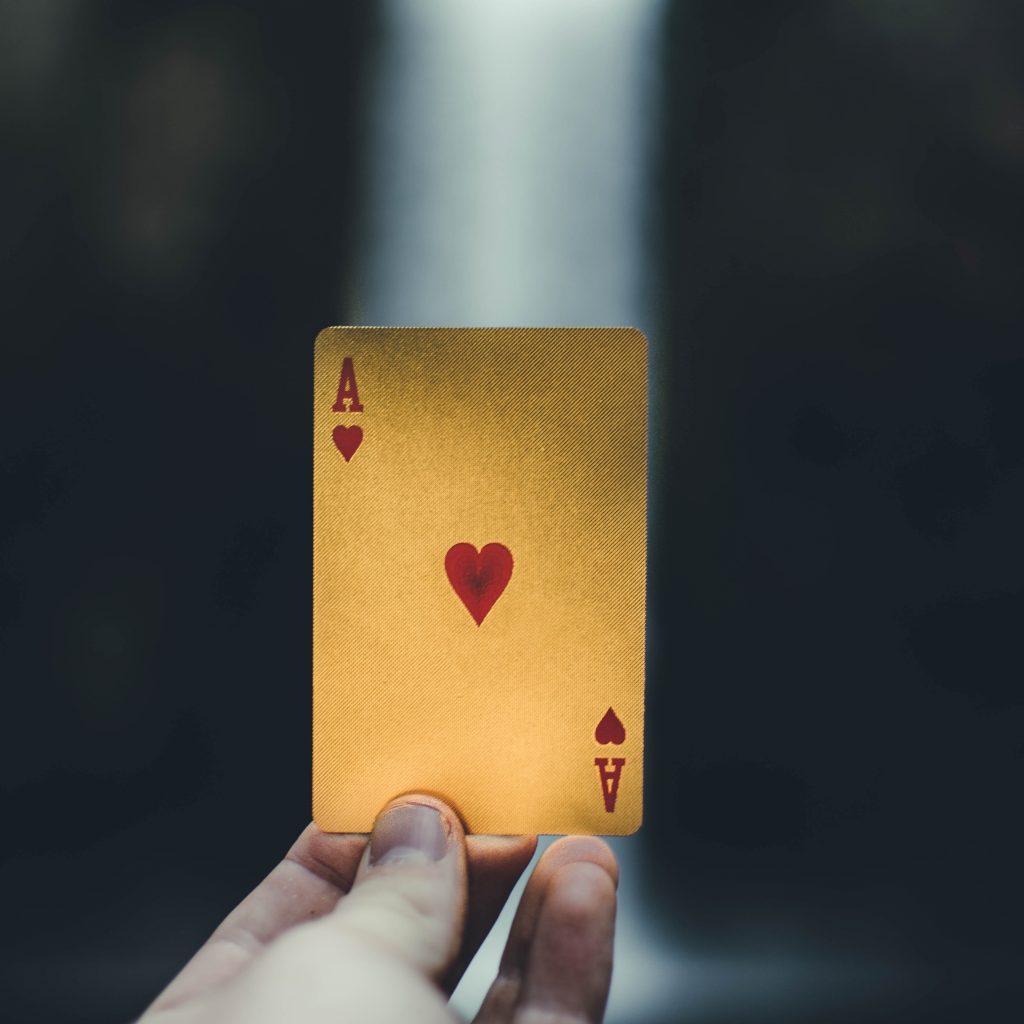
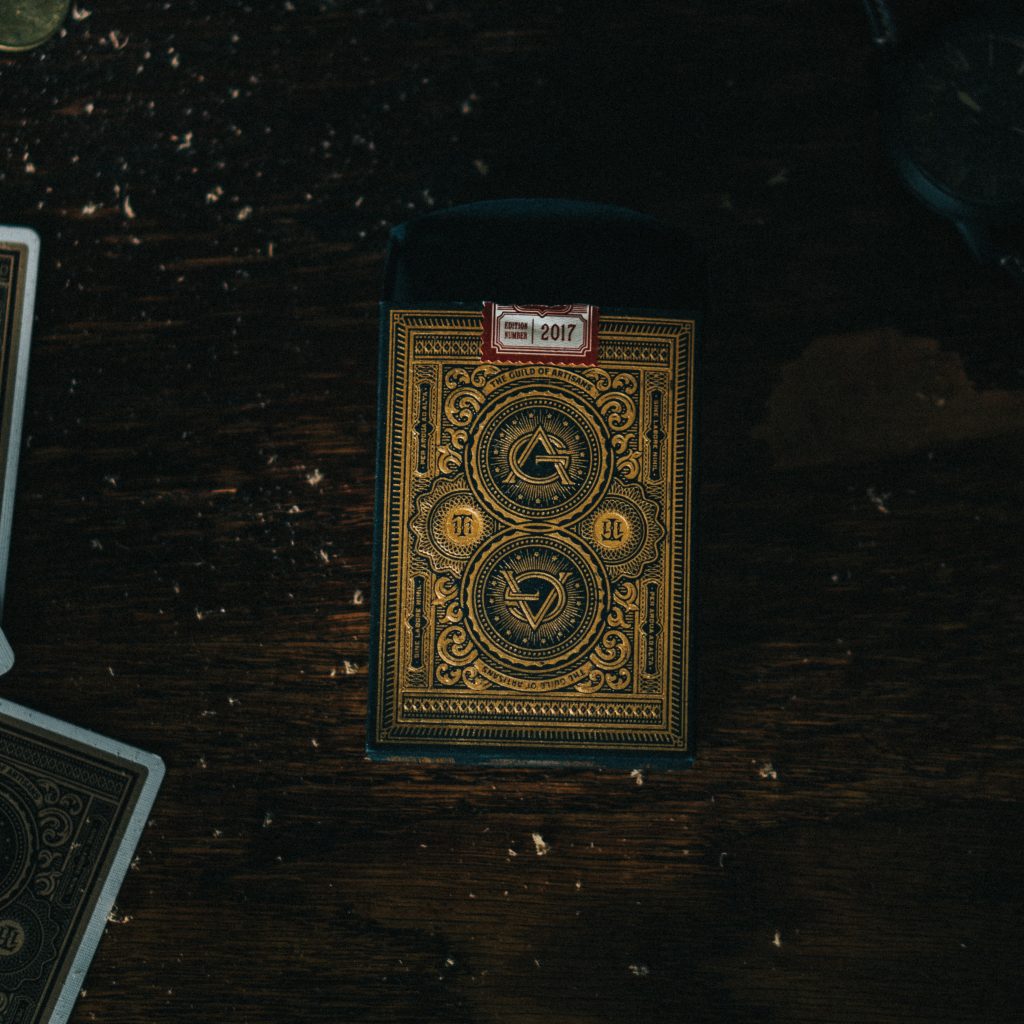
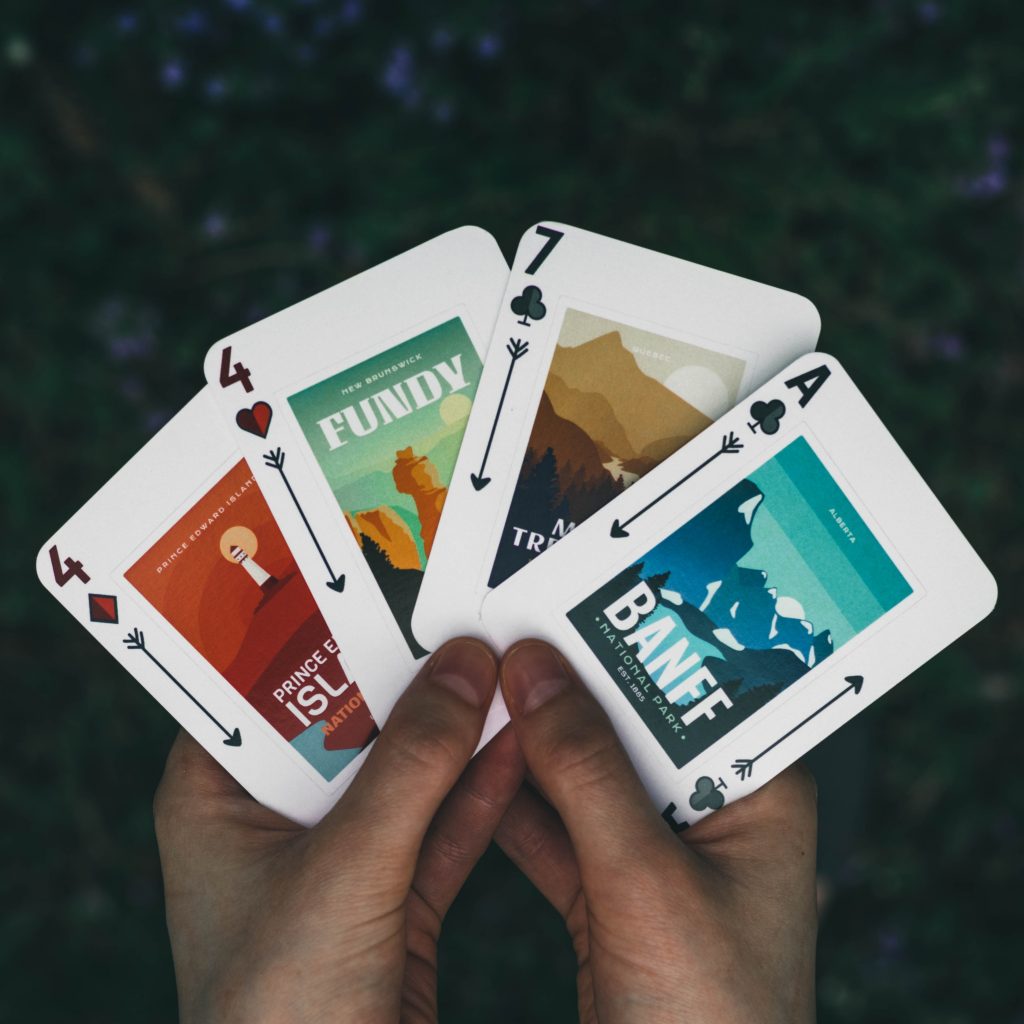


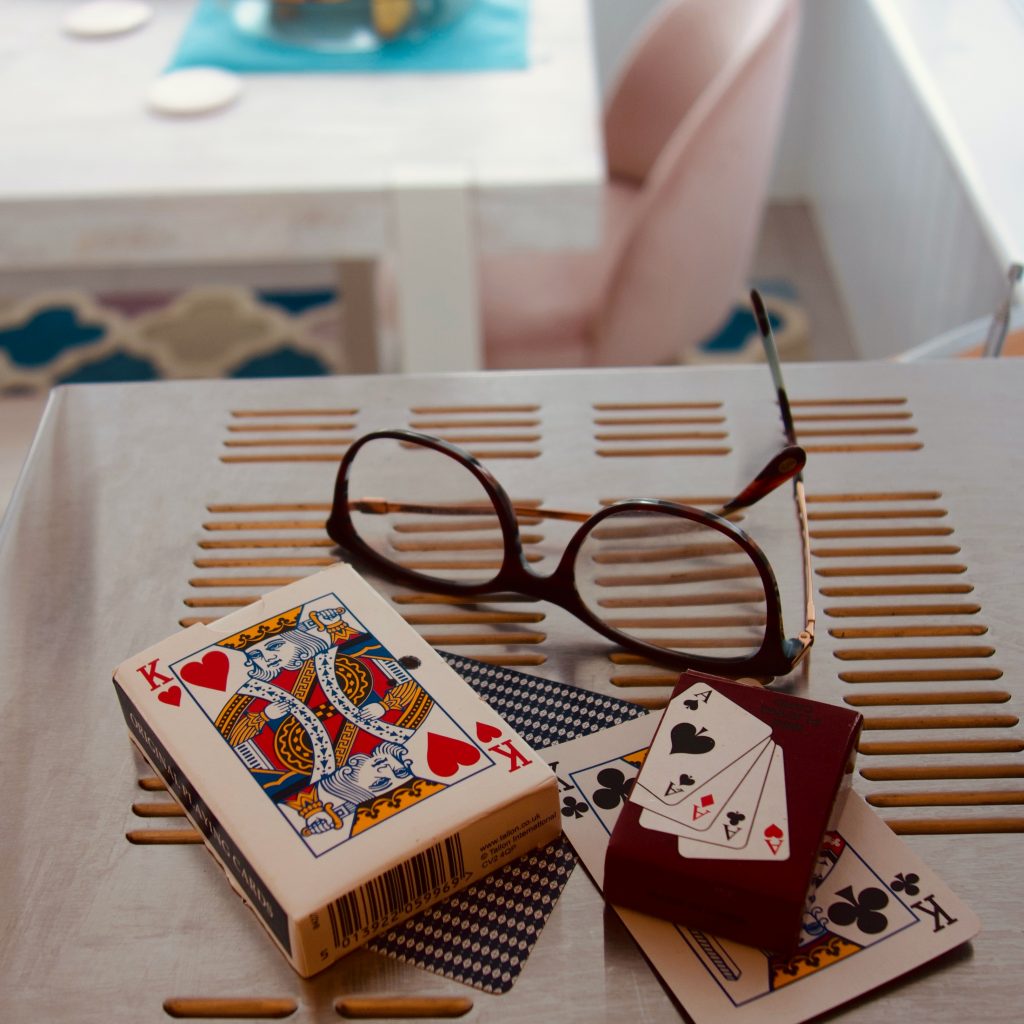


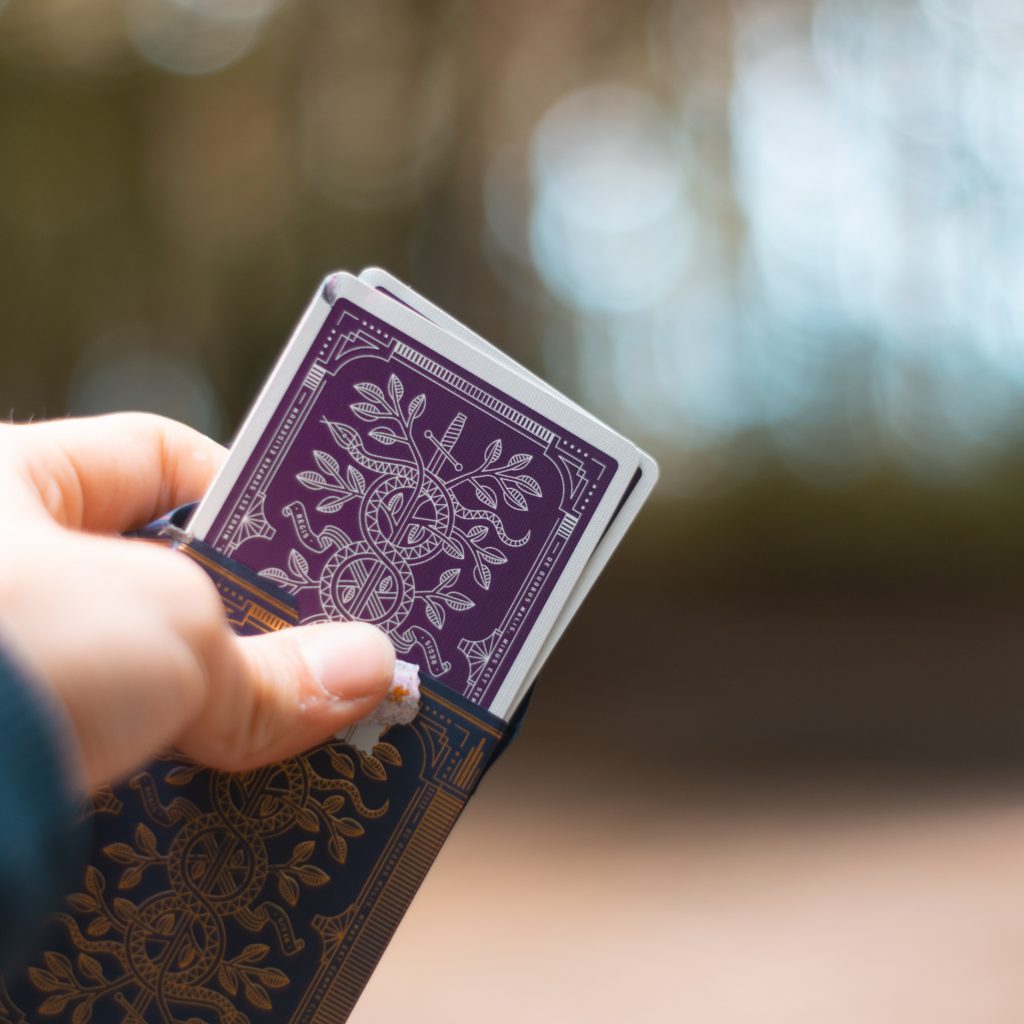

- Deck of Art in London: A Modern Canvas in a Historic City
- Explore how Deck of Art, based in London, draws inspiration from the city’s rich cultural tapestry. Highlight the unique blend of traditional playing cards and contemporary expression within the context of London’s dynamic art scene.
- Deck of Art’s London Studios: Where Tradition Meets Trend
- Take a virtual tour of Deck of Art’s studios in London. Showcase the creative spaces where traditional decks are transformed into contemporary masterpieces. Emphasize the synergy between the historical backdrop of London and the cutting-edge artistic processes.
- London Influences: A Shuffled Palette of Urban Inspiration
- Dive into how London’s diverse landscapes, architecture, and cultural diversity influence the color schemes, themes, and overall aesthetic of Deck of Art’s contemporary pieces. Each shuffle becomes a reflection of the city’s vibrancy.
- Community Engagement: Deck of Art and London’s Art Scene
- Explore how Deck of Art actively engages with the local London art community. Showcase collaborations, exhibitions, or events where your contemporary art becomes an integral part of the city’s cultural conversations.
- Deck of Art’s London Projects: Bringing Modern Art to Local Spaces
- Highlight specific projects in London where Deck of Art has contributed contemporary artworks to public spaces, businesses, or local initiatives. Share the stories of how these projects enhance the visual landscape of the city.
Keywords:
- Contemporary Expression
- Tradition and Innovation
- Shuffled Palette
- Avant-Garde Dialogue
- Deck of Art Contemporary
- Narrative Canvases
Deck of Art isn’t just about playing cards; it’s about reshaping tradition into contemporary expressions. Join us in exploring the endless possibilities as we shuffle, blend, and redefine the very essence of what it means to create in the contemporary art landscape.
Navigating Contemporary Art: Trends and Evolution
Contemporary art serves as a vibrant reflection of our ever-changing world, capturing the zeitgeist of the present moment while pushing the boundaries of artistic expression. In this expansive essay, we embark on a journey through the dynamic landscape of contemporary art, exploring its diverse trends, influential movements, and evolving practices. From the global stage to the digital realm, contemporary art continues to challenge, provoke, and inspire audiences worldwide.
The Evolution of Contemporary Art
Contemporary art emerges as a response to the shifting landscapes of the late 20th and early 21st centuries, marked by globalization, technological advancements, and cultural diversity. Unlike its predecessors, contemporary art defies singular categorization, encompassing a vast array of mediums, styles, and conceptual approaches. From traditional painting and sculpture to new media, performance art, and installation, contemporary artists embrace a multiplicity of forms and techniques to engage with pressing social, political, and cultural issues. As the art world becomes increasingly interconnected and interdisciplinary, contemporary art reflects the complexities and contradictions of our globalized society, challenging viewers to confront and interrogate the world around them.
Key Trends in Contemporary Art
Within the sprawling landscape of contemporary art, several key trends and movements have emerged, each offering unique perspectives on the human experience and the world we inhabit. From conceptual art and minimalism to postmodernism and relational aesthetics, contemporary artists engage with a diverse range of themes, materials, and methodologies to create impactful and thought-provoking works. Themes such as identity, memory, globalization, environmentalism, and social justice feature prominently in contemporary art, reflecting the multifaceted nature of contemporary life and the pressing issues facing our planet. Moreover, the democratization of art through digital platforms and social media has revolutionized the way artists produce, distribute, and engage with their work, blurring the boundaries between the physical and virtual realms and democratizing access to artistic expression.
Contemporary Art in the Digital Age
The advent of digital technology has profoundly transformed the landscape of contemporary art, offering new avenues for creativity, collaboration, and distribution. Digital art, encompassing mediums such as digital painting, video art, virtual reality, and interactive installations, challenges traditional notions of materiality and permanence, inviting viewers to immerse themselves in immersive and interactive experiences. Moreover, social media platforms such as Instagram, Twitter, and TikTok have become powerful tools for artists to showcase their work, connect with audiences, and participate in global conversations about art and culture. As digital technologies continue to evolve, the boundaries between the physical and virtual realms become increasingly blurred, offering endless possibilities for innovation and experimentation in contemporary art.
The Globalization of Contemporary Art
Contemporary art has become increasingly globalized, reflecting the interconnectedness and interdependence of cultures, economies, and societies in the 21st century. Artists from diverse backgrounds and geographical locations bring unique perspectives and experiences to the contemporary art world, enriching it with diverse voices and narratives. International biennials, art fairs, and exhibitions serve as platforms for artists to showcase their work on the global stage, fostering cross-cultural dialogue and exchange. Moreover, the rise of diaspora and transnational identities has led to the emergence of hybrid and multicultural artistic practices that challenge traditional notions of national identity and artistic authenticity. As contemporary art continues to evolve in an increasingly interconnected world, it serves as a powerful catalyst for dialogue, understanding, and change across borders and boundaries.
Contemporary art stands at the forefront of cultural innovation and creative expression, reflecting the complexities and contradictions of our modern world. From its diverse range of mediums and styles to its engagement with pressing social, political, and cultural issues, contemporary art challenges us to think critically, question assumptions, and embrace diversity. As we navigate the complexities of the 21st century, contemporary art serves as a beacon of creativity, imagination, and resilience, reminding us of the enduring power of artistic expression to shape and enrich our lives. As we continue to explore the dynamic landscape of contemporary art, let us embrace its diversity, complexity, and transformative potential, forging new connections and possibilities for the future.
Contemporary Art and Inspiration for Deck of Art












